Complete Story
06/14/2023
Hedge Accounting Rules are Changing
Hedging has historically been a common cause of financial restatements
During times of market volatility, hedging can be an effective way to counter changes in raw material prices, foreign exchange rates and interest rates. In 2017, the Financial Accounting Standards Board (FASB) issued updated guidance on hedging transactions. Additional guidance was issued in 2022 to clarify matters. Here’s an overview of the new accounting rules.
Round one
Companies sometimes buy derivatives, such as futures, options or swaps to hedge against market uncertainty. For example, airlines may use commodity price swaps (a derivative) to save on fuel costs (the hedged item). Alternatively, a business could purchase interest rate swaps (a derivative) to hedge against increases in payments on loans with variable interest rates (the hedged item).
Accounting Standards Update (ASU) No. 2017-12, Derivatives and Hedging (Topic 815): Targeted Improvements to Accounting for Hedging Activities, was issued to simplify the complex rules for reporting hedging transactions and more-accurately reflect the economics of hedging strategies. The complexity of the old rules led to diversity in practice, and hedging has historically been a common cause of financial restatements.
Please select this link to read the complete article from OSAP Mission Partner Clark Schaefer Hackett (CSH).






